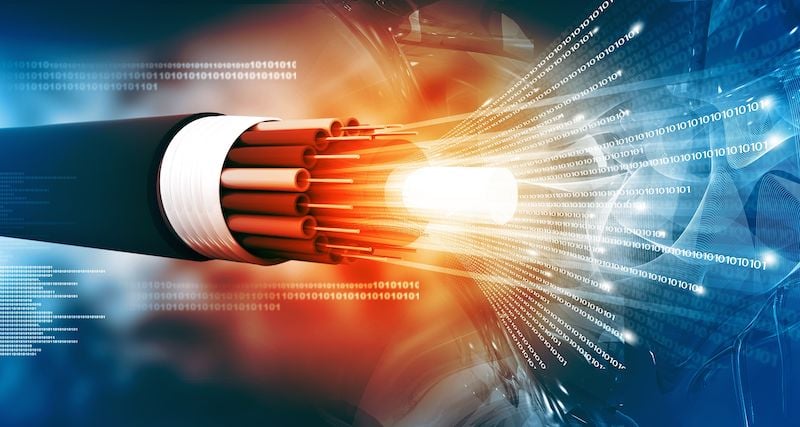
The advancement of modern telecommunications is heavily reliant on optic fibre technology, which serves as the backbone of communication networks around the world. Optic fibre cables are made of thin strands of glass or plastic that transmit data in the form of light pulses. These cables are capable of carrying large amounts of data over long distances at incredibly high speeds, making them essential for the efficient and reliable operation of today’s communication systems.
One of the key advantages of optic fibre technology is its ability to transmit data at faster speeds than traditional copper cables. This allows for quicker and more efficient data transfer, enabling users to stream high-definition videos, make video calls, and download large files in a matter of seconds. The increased speed and bandwidth offered by optic fibre networks have revolutionized the way we communicate, work, and access information in the digital age.
In addition to speed, optic fibre cables also provide a more reliable and secure means of communication. Unlike copper cables, which are susceptible to interference from electrical signals, weather conditions, and other environmental factors, optic fibre cables are virtually immune to such disturbances. This ensures consistent and high-quality communication even in challenging conditions, making optic fibre networks the preferred choice for businesses, governments, and telecommunications companies.
Furthermore, optic fibre technology allows for greater capacity and scalability in communication networks. As the demand for data continues to grow exponentially, optic fibre cables can easily be upgraded and expanded to accommodate increasing bandwidth requirements. This scalability ensures that communication networks can keep pace with the ever-evolving digital landscape, supporting a wide range of applications and services for users worldwide.
The widespread adoption of optic fibre technology has led to the development of a global communication infrastructure that connects people and businesses across continents. From high-speed internet access to mobile phone networks to cloud computing services, optic fibre cables play a crucial role in enabling seamless communication on a global scale. As the demand for faster, more reliable, and secure communication continues to rise, optic fibre technology will continue to be at the forefront of modern telecommunications, driving innovation and connectivity for years to come.
